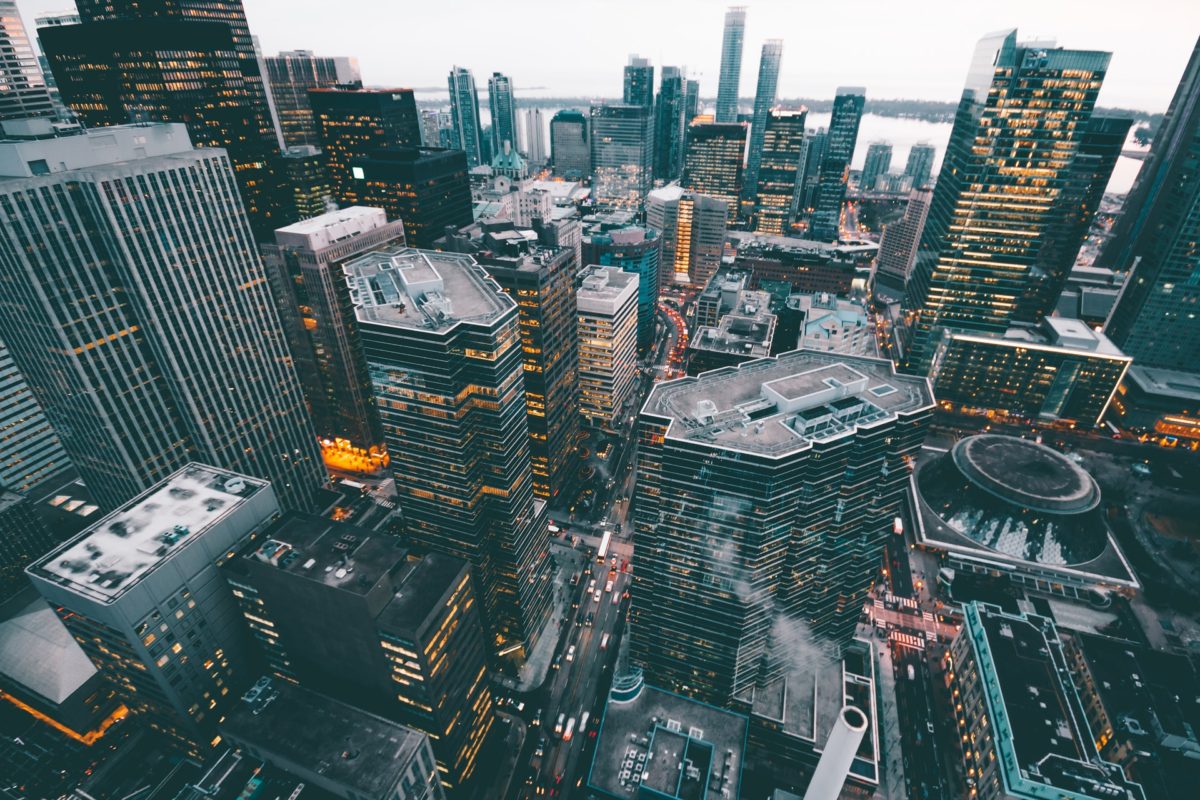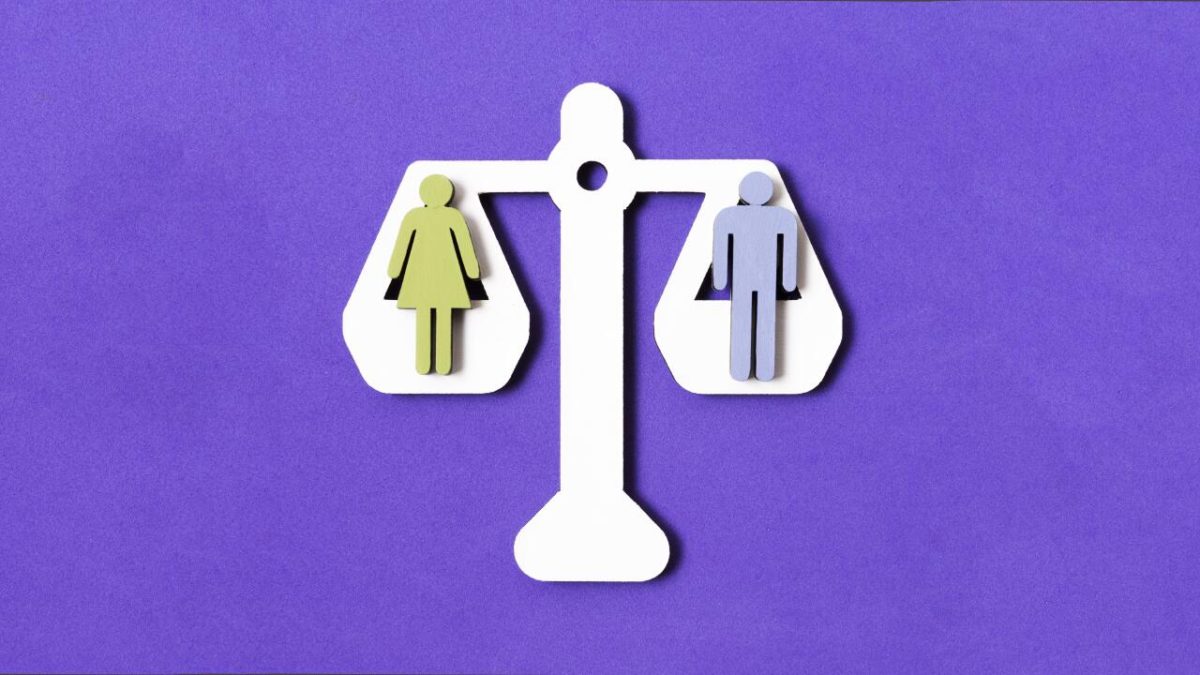Cities of today are constructed in a way that makes people wonder how much progress we have made as a society. In fact, it is expected that people living in cities will multiply ten-fold in the next 4o years. The cities of the future will need to build using a holistic and sustainable approach. The cities of the future will need to be designed ensuring that it can accommodate a larger number of people and the quality of life is not compromised.
Many environmentalists predict that cities of the future will have to incorporate urban farming technologies. The urban farming technologies like vertical farming and hydroponics will be the future of the cities in the next few years. This will not only enable people to solve issues of food but also nourish the local economies. Another advantage of these vertical farms would be that they will add greenery to the concrete jungles of the future. It will also help people in eating food which is homegrown and will lead to healthier lifestyles. Initiatives in Shanghai, China and in Gotham, New York have sprung up to grow fruits and vegetables on roop tops and cleverly planned vertical farms. Thus, cities of the future need to be designed differently keeping in mind the agricultural practices and issues like water shortages.
The cities will have to be better designed in terms of transportation as well. Some of these technologies have already emerged in the present times. These include transportation in the form of electric cars and autonomous vehicles. The cities of the future will need to implement radical changes to other aspects of transportation like electric roads akin to the ones already seen in Frankfurt and Mannheim. The cities of the future may also need to change the mass transit system, to be faster and efficient. Elon Musk’s hyperloop concept, for example, could very much turn into a reality in the future. This is especially true in the case of India and Estonia where Virgin Hyperloop One is already planning routes for the transport. It could also be common to see drones delivering pizzas and robots cleaning homes in the future. Thus, current innovative ideas will have to be incorporated in the future cities to make them more fast, comfortable and efficient.
Future cities would also need to be more inclusive of the ageing population.
The buildings of the future would need to incorporate minor changes like ramps and lifts to allow wheelchair-bound elderly to move around the house. Cities of the future may also need to keep in mind the needs of the disabled. This can be done by creating doors that are slightly translucent for the deaf or street signs that are in braille. It might also need to include advancements in current designs like lift doors that remain open for longer, handrails for people, wider gates and barrier-free roads. There can be the incorporation of elderly care with childcare which can prove beneficial in improving the mental health of the senior citizens. Thus, city developers of the future must keep in mind the needs of the elderly by creating diverse designs.
While these concepts could be easily implemented in developed countries, developing countries could have a problem in designing for the future. Expertise, finance and most importantly having an infrastructure that suits the economic climate could be a crucial factor determining the progress of Nairobi, Johannesburg or Lagos. The future does not need to be technologically advanced. It can be adaptive to nature and sustainable. The changes can be drastic in some areas but in other areas, there are only minor adjustments to be made to the existent designs. The cities of the future need to be different in terms of environment, transportation systems and will require to be more inclusive. In the future, the cities will not just be cities but smart cities.



